Crafting Wine in Harmony with Nature
At our winery in Aghavnadzor village, we treat the vineyard as a living, breathing ecosystem. We work in harmony with nature’s cycles, cultivating health and vitality in every vine. Through methods such as dry farming, pruning in alignment with fruit days, and the use of cement karas, we honor the region’s rich winemaking heritage while paving the way for a sustainable future.
One of the most intriguing and mystical aspects of biodynamics is the use of the lunar calendar to guide essential vineyard activities such as planting, pruning, and harvesting. By aligning these steps with the moon’s phases, biodynamic farmers aim to tap into the cosmic forces influencing plant growth.
For instance, planting during the waxing moon is thought to enhance root development, while harvesting during the waning moon can intensify the concentration of flavors in the grapes. This celestial alignment weaves a profound thread into the winemaking process, creating a beautiful bond between the vines and the universe.
At the heart of biodynamic farming are the specialized preparations crafted from natural ingredients such as herbs, minerals, and animal byproducts. These natural concoctions, often referred to as “biodynamic preparations,” are applied to the soil and vines to promote overall health.
Biodynamics thrives on the principle of biodiversity, cultivating a balanced and self-sustaining ecosystem. By incorporating diverse crops, companion planting, and integrating livestock, biodynamic vineyards foster a rich tapestry of life. This ecological richness enhances soil fertility and encourages natural pest control, reducing the need for synthetic chemicals and nurturing a vineyard in harmony with its surroundings.
Biodynamics is a holistic, ecological, and harmonious approach to farming that treats the entire farm as a vibrant, living organism, inviting us to immerse ourselves in the rhythms of life. This enchanting practice emphasizes the interconnection of soil, plants, animals, and humans, fostering a self-sustaining ecosystem that thrives on natural relationships. Each element within this ecosystem plays a vital role, contributing to the health and vitality of the whole system.
Transcending conventional agriculture, biodynamics embodies a unique philosophy rooted in sustainability and biodiversity. Practices such as composting, crop rotation, and livestock integration are employed to enhance soil fertility and biodiversity, minimizing reliance on external inputs and synthetic chemicals. Biodynamic farmers often also use herbal preparations and natural fertilizers to enrich the soil and promote microbial diversity. The goal is to create a robust ecosystem where plants can thrive, pests are managed naturally, and the vineyard can sustain itself over time.
At our winery, we draw inspiration from the rich history of Vayots Dzor and the ancient practices that have shaped its winemaking legacy. Every step of our process is deeply rooted in the traditions of the region, where each bottle of wine tells a story that echoes through time.
One of the core biodynamic practices we employ is pruning according to the lunar calendar, specifically on “fruit days.” These carefully chosen days align with lunar cycles and are believed to enhance the growth of fruit-bearing plants, bringing nature’s rhythms into every vine.
Reflecting ancient Armenian winemaking traditions, we age Kutque wines in cement karas enriched with stones from our own vineyard. These vessels, crafted with the essence of our land, ensure that each wine is deeply connected to the very soil that nurtured it.
Essentially, Kutque wine ages in Kutque land. This technique goes back to the practices of our ancestors, who understood the benefits of natural materials in the winemaking process. The breathable nature of cement allows for gentle maturation of the wine, providing a natural environment that enhances its complexity.
Dry farming is nature’s ancient pact with the earth, where the vineyard surrenders to the rhythms of the land and the sky. Also known as dryland farming, it’s a method of cultivating crops without the use of irrigation. It relies solely on natural rainfall and the moisture stored in the soil.
One of the key benefits of dry farming is that it encourages vines to develop deeper root systems in search of moisture. As the surface soil dries out, the roots are stimulated to grow deeper, reaching for the water stored in the subsoil. This results in vines that are more resilient and less susceptible to stress due to drought.
By relying on the natural moisture in the soil, dry farming creates vines that are intimately connected to the local terroir and able to withstand environmental stresses. These vines are often smaller in size and quicker to mature compared to irrigated vines. Their resilience allows them to thrive in challenging conditions, making them less vulnerable to pests, diseases, and extreme weather events.
This practice draws out the boldest flavors from our grapes as the vines channel their energy into fewer clusters. The result is wines of deep intensity and complexity—you can feel the terroir in every sip.
The semi-desert climate of Aghavnadzor, Vayots Dzor, with its hot summers and cold winters, presents a challenging environment for traditional irrigation-based winemaking. By adopting dry farming techniques, we have adapted our practices to the local climate, making the most of the rainfall and moisture in the soil.
Dry farming has profound environmental benefits, starting with its remarkable ability to drastically reduce water usage by relying solely on natural precipitation. This practice conserves one of the planet’s most valuable resources, especially in drought-prone regions. By eliminating irrigation, dry farming also lowers energy consumption, as it doesn’t require pumps or systems to deliver water. Additionally, it fosters biodiversity within the vineyard, as the deeper-rooted vines encourage healthier soil and create a habitat where native plants, insects, and microorganisms can thrive, enhancing the vineyard’s overall ecosystem.


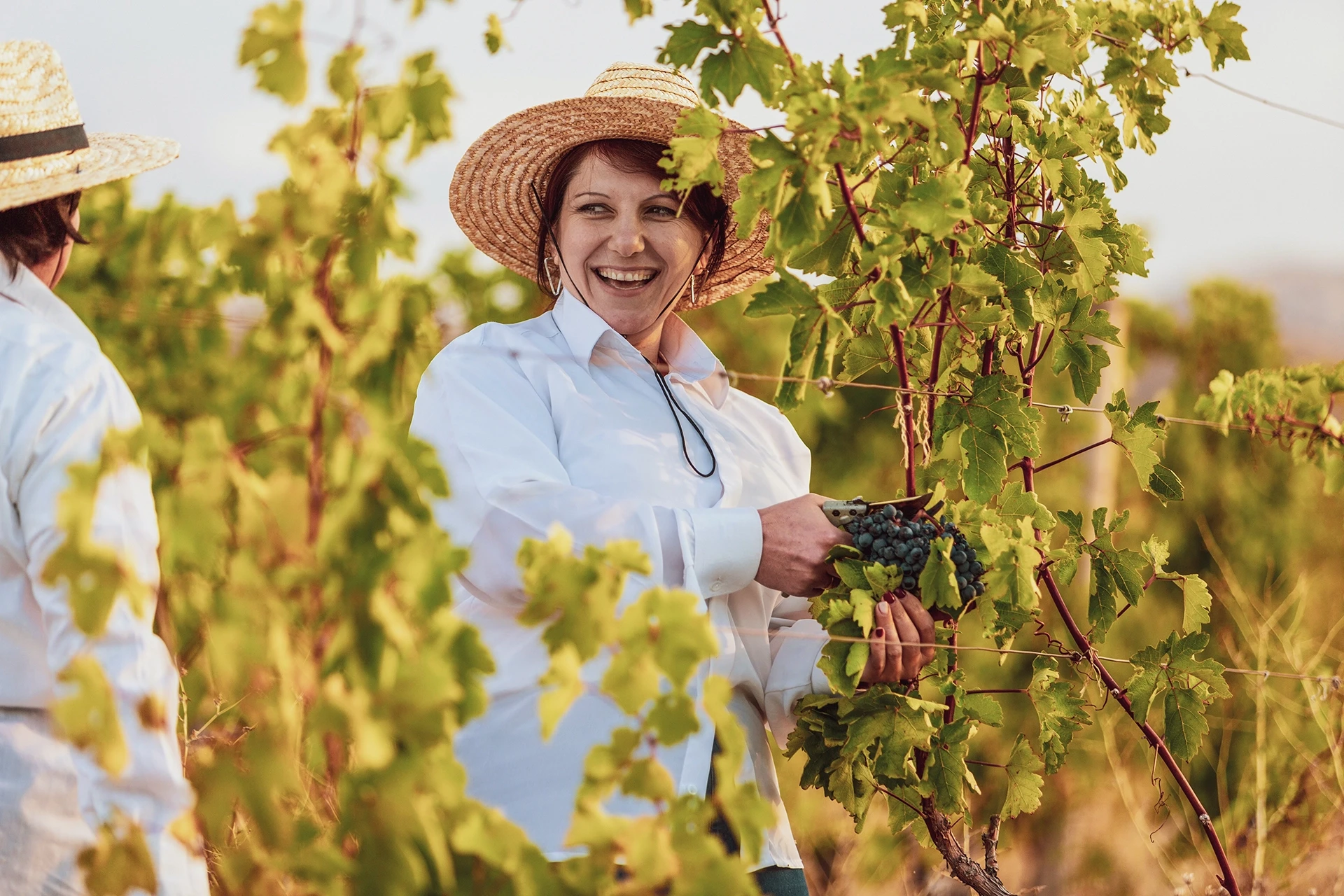
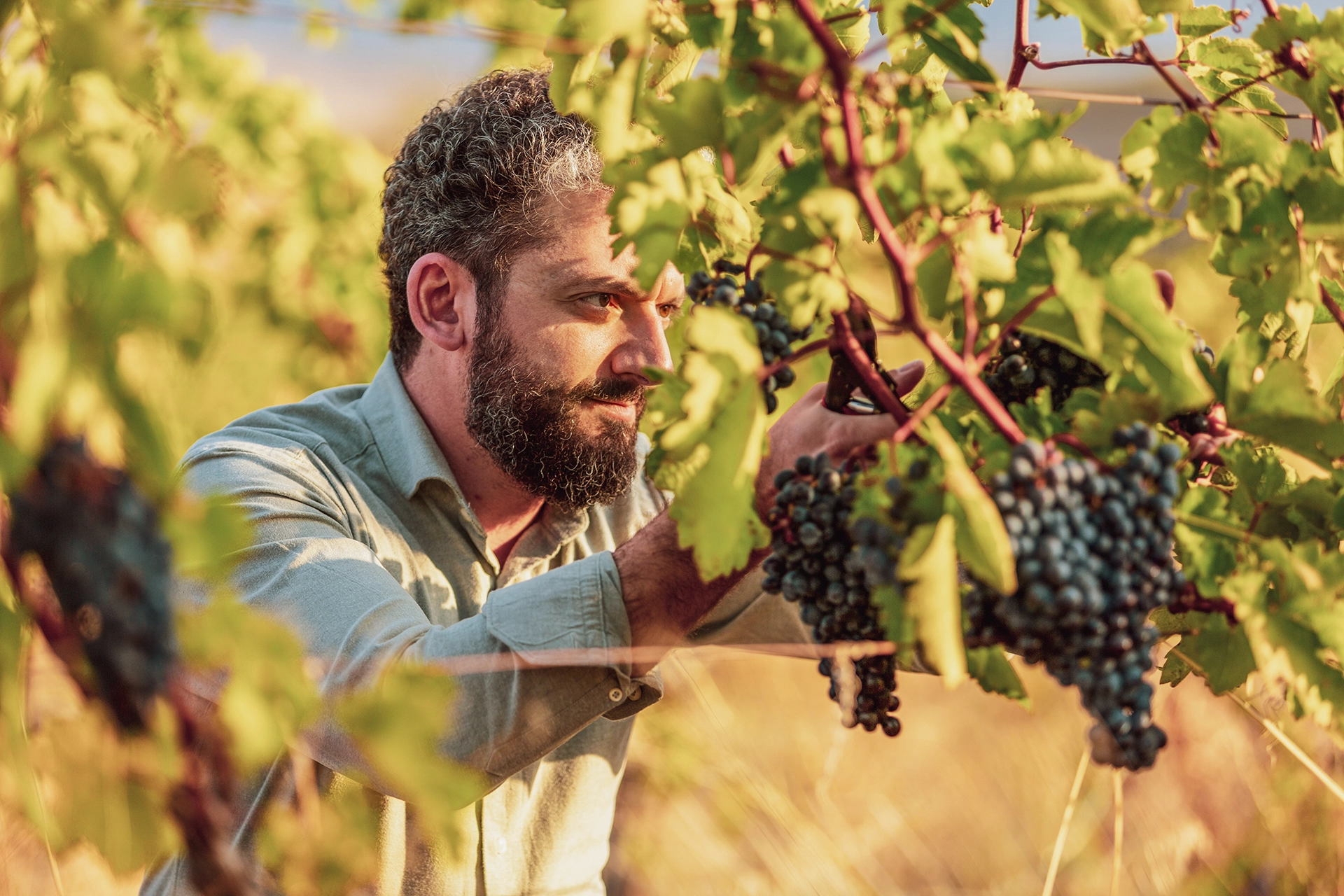
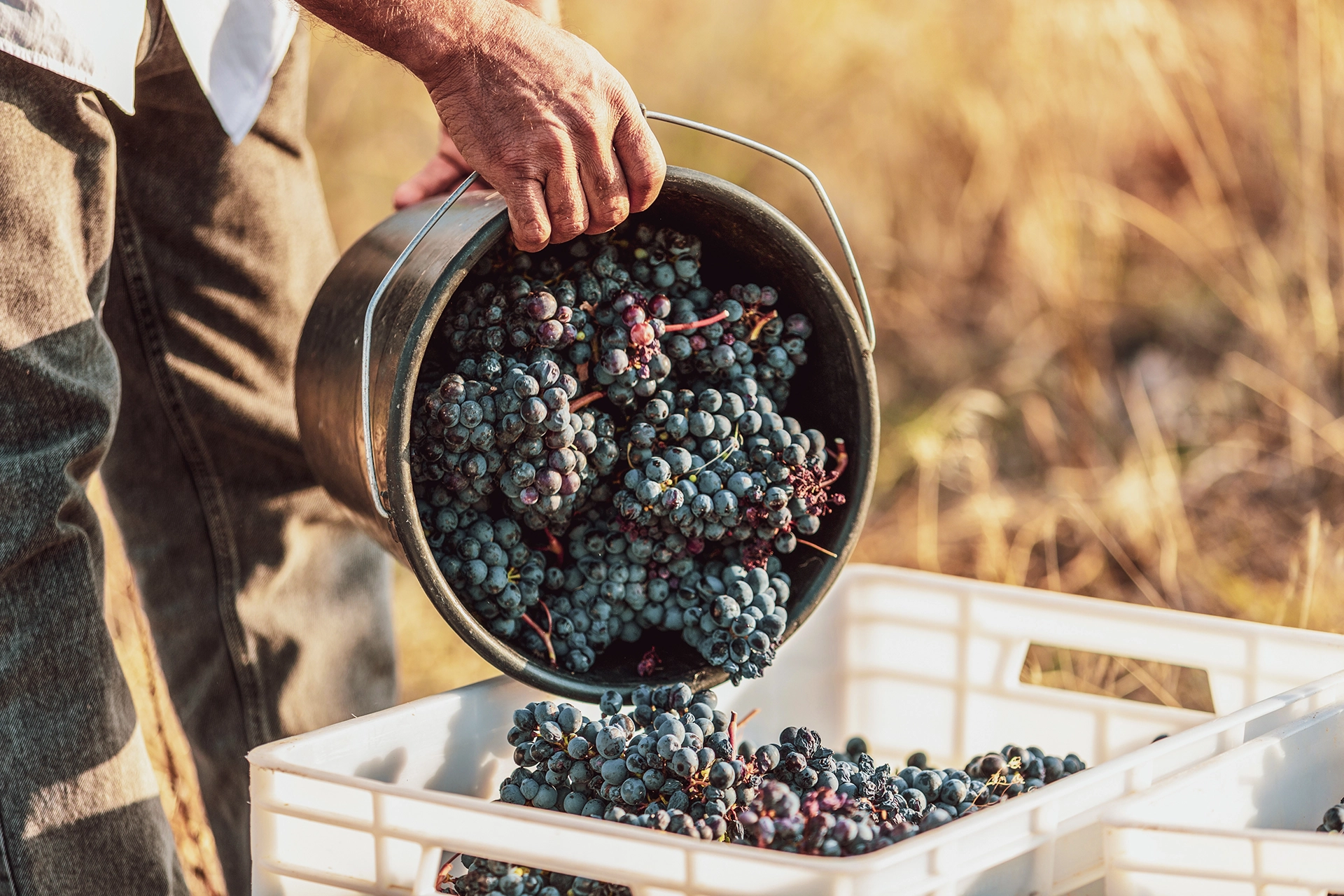
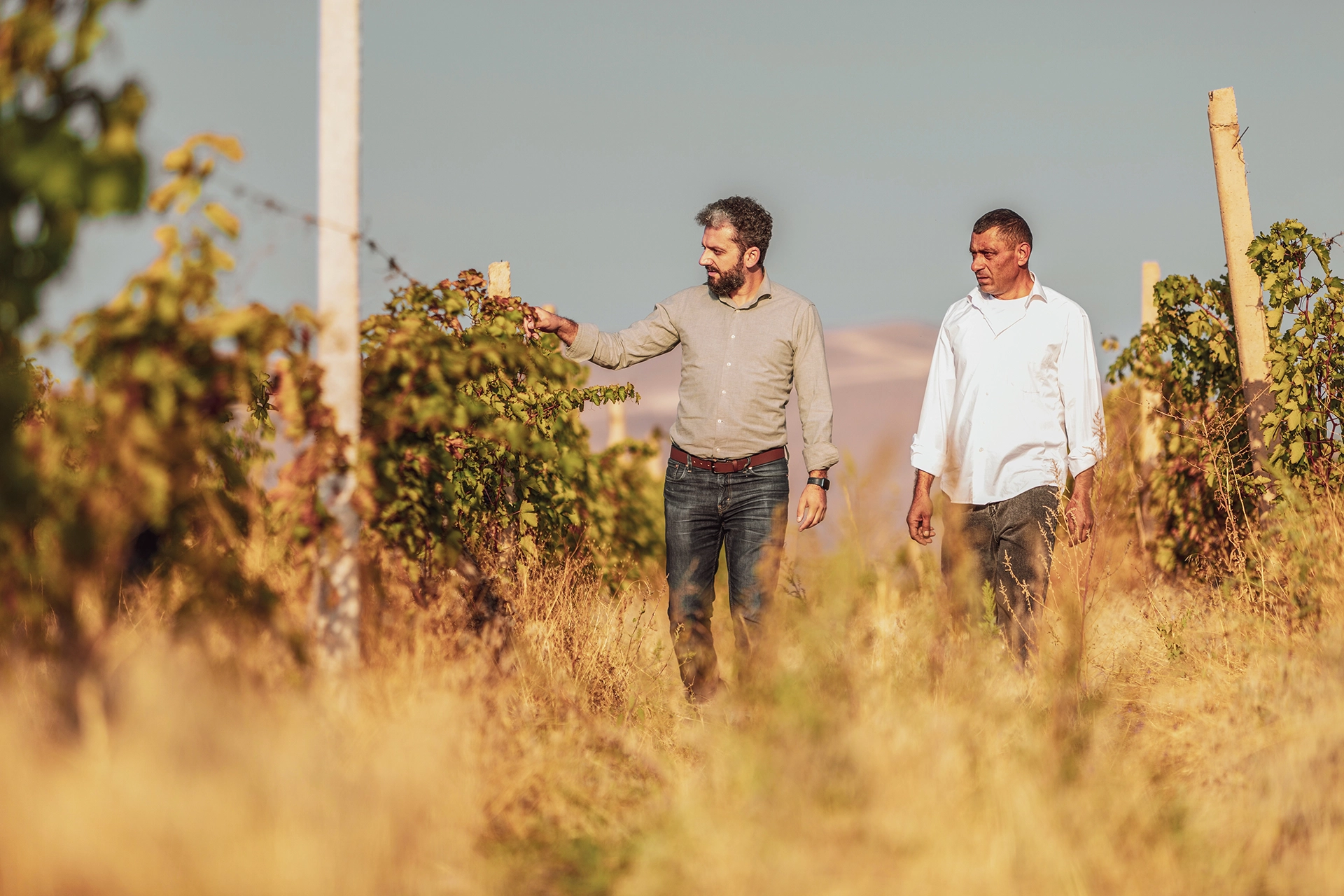
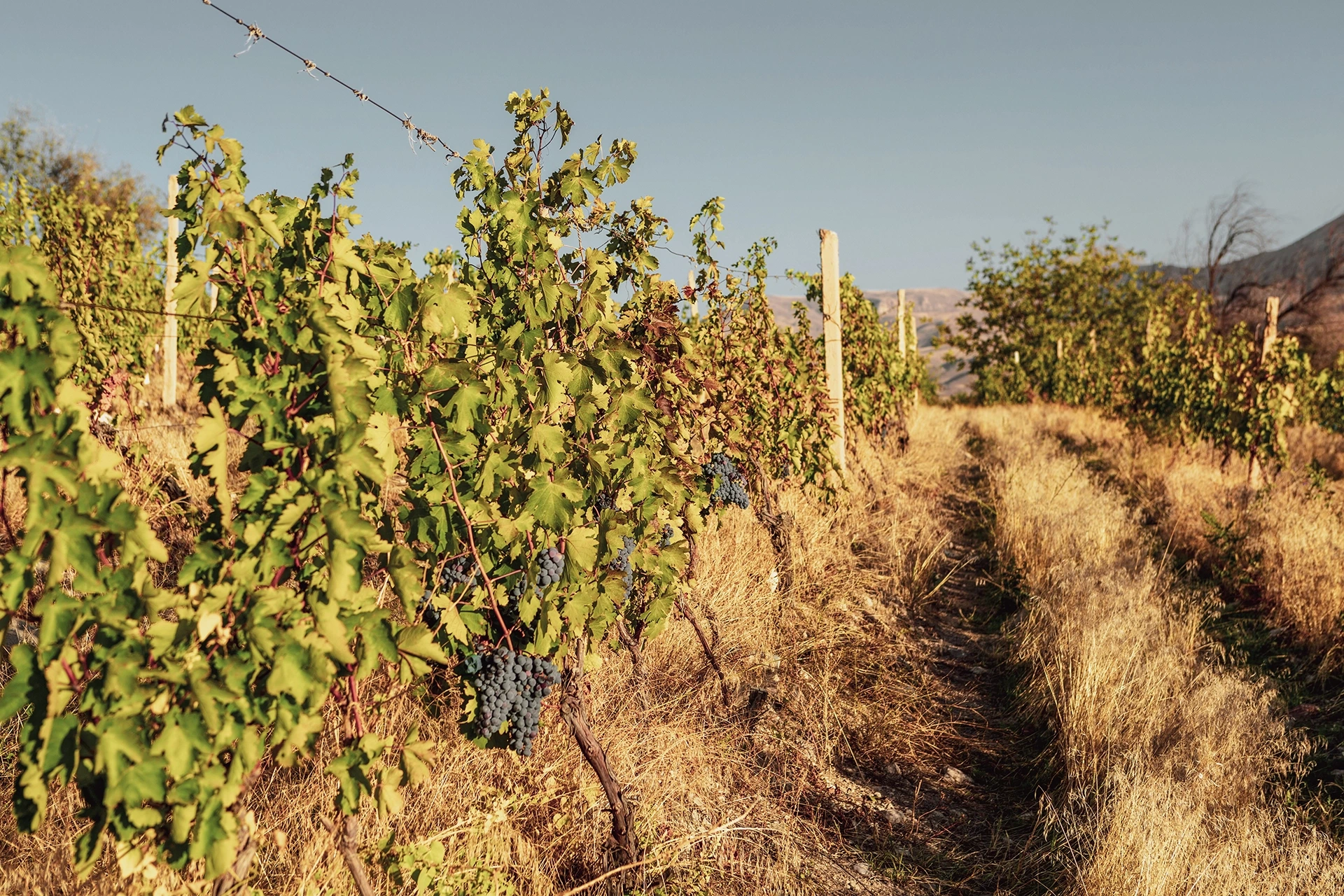

 +37499887711
+37499887711